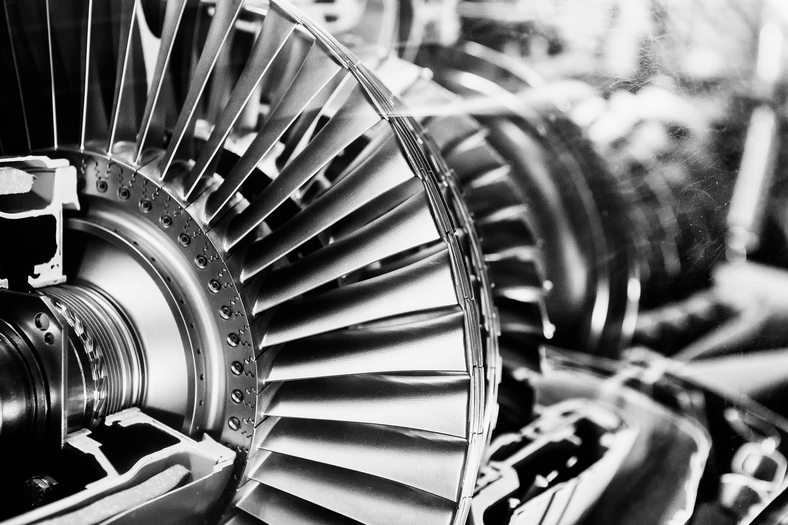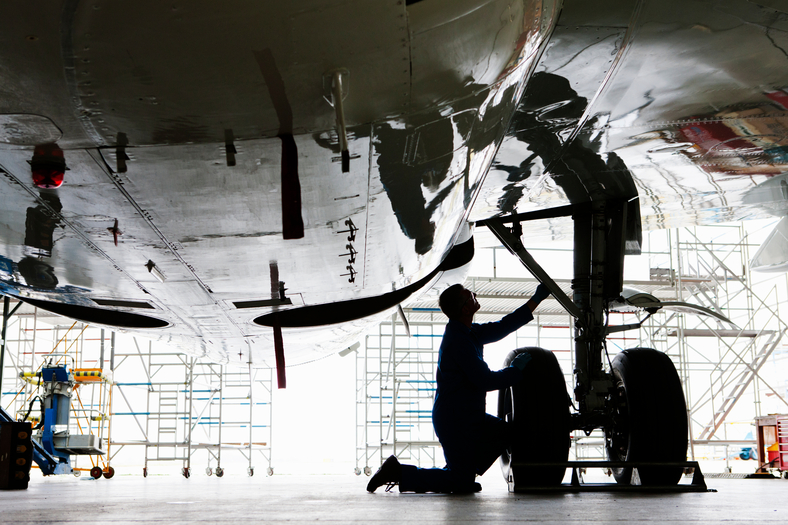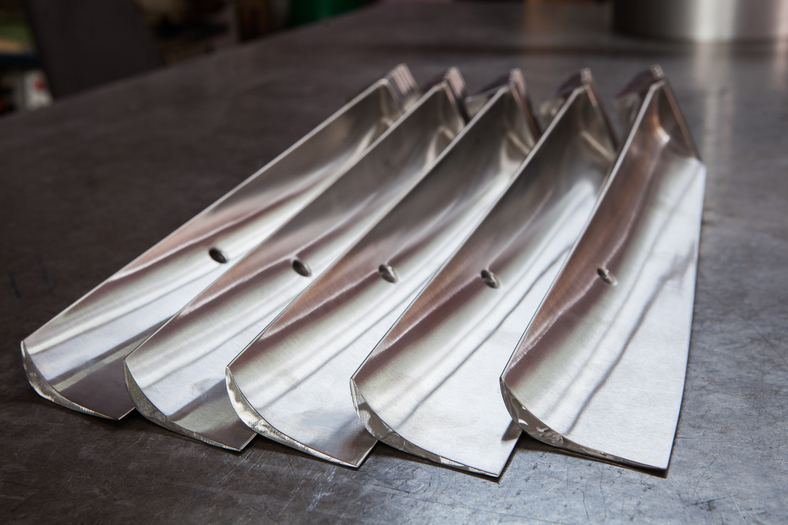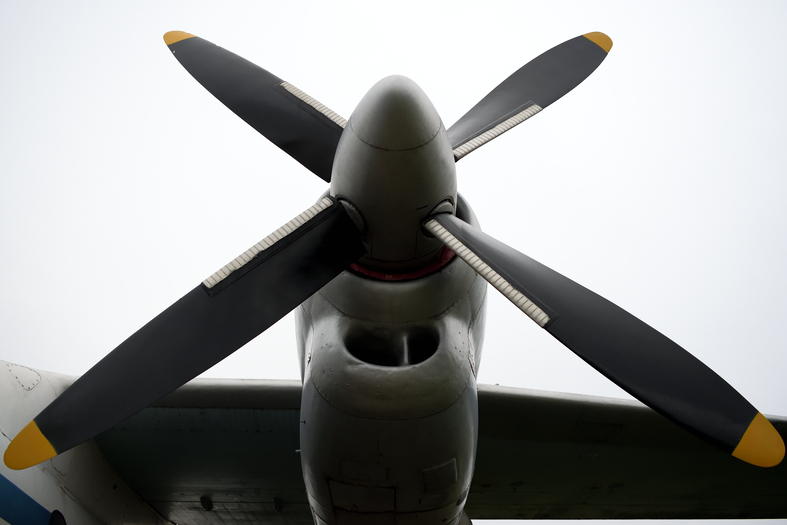

It all began for us in the late 1940s with Sir Frank Whittle and the development of the jet engine when Norman Ashworth developed the first wet blasting machines to produce surface finishing of sufficient quality. Ever since, wet blasting (or vapor blasting to give it its other name) has been used for a diverse range of applications and thanks to years of research and development (R&D), is one of the most controllable surface finishing techniques available.
For original equipment manufacturers (OEMs), wet blasting is a more efficient finishing process in the manufacturing of more durable turbine blades. For maintenance, repairs and operations companies (MROs), wet blasting offers multiple benefits including a more seamless inspection process with paint removal, degreasing, and surface preparation for more accurate crack detection.
The more control you have over the finishing process, the better the result that can be achieved. There are around 15 parameters to control in wet blasting. These parameters can make the process seem complicated to control. However, we have successfully managed to automate these processes through investment in R&D, making control simple and intuitive, whilst adopting the principle that if you can measure it, you can control it.
Some of the parameters that can be measured and adjusted include:
And with our reliably consistent automation system, you can ensure that every part will be finished in precisely the same way. Visit our wet blasting education page for more information.
One of the primary applications where wet blasting excels is component cleaning for MROs. Unlike dry blasting, wet blasting does not leave particles embedded in the surface, and won’t fill or hide discontinuities in the surface of the part.
Wet blasting (with the use of appropriate abrasive) can remove coatings and clean metal parts and composites in preparation for non-destructive testing (NDT) or dye penetrant testing. Pressurized slurry removes paint, oil, dirt, grease, loose scale or any other contaminant that could potentially disrupt and slow down the NDT process by causing irrelevant or incorrect warnings.
With composite materials being used more and more in the manufacture of critical components it is important that they are compatible with existing materials and processes.
The advantage of wet blasting, or vapor blasting to give the process its alternative name becomes apparent in the increased adhesion and shear strength of bonded components. Additionally, the water element of wet blasting has the added benefit of eliminating fibre damage by buffering the abrasive particles.
Visit our dedicated composites industry page to learn more about the benefits of wet blasting composites for bonding, lacquering or painting.


The water-assisted stripping process (W.A.S.P) via wet blasting can be used to wash and de-paint undercarriage parts and brake components in a highly- controllable and environmentally friendly way. This process was developed specifically for aircraft wheel and brake shops involved with MRO.
This process is also operator friendly as it requires no hand scrubbing, no solvents, no chemicals, and no dust - just hot water, air and plastic media to remove paints, oils and greases without damaging the underlying substrate. This is a highly controllable process that can be adapted easily, making it ideal for unskilled manual operations.
We specialize in making your manufacturing and production line as fluid and safe as possible. Our automatic range of machines can not only greatly increase the level of health and safety by removing risks associated with manual labour. Our systems are meant to be built to your particular specifications, so if you need the blast gun to move between 0 and 15 degrees with a +/- 2 degree accuracy and travel at a speed of up to 10 rpm and have a tolerance of +/- 5 rpm then we have the capability to make that happen.
One of the innovative ways we enhance our technology is through the use of highly intuitive automation and an easy-to-use Vapormatt 4.0 system (our own industry 4.0 solution). Not only can our digital capabilities hold all the records for every in-line process, but the built-in diagnostic system ensures you are kept informed of possible identifiable issues. It will even keep a record of the performance of the machine for you .
Through a collaborative approach with customers, we have the capacity to integrate advanced technologies, including cloud computing and analytics, smart sensors and actuators, and machine learning facets into your new and existing wet blasting facilities and operations. For aerospace, automation is the go-to option not only for the highest accuracy, and consistency of finish but for a range of health and safety reasons too.
Automation ensures the perfect finish achieved by controllable variables and is precisely delivered to every part of the tool that needs finishing. It also ensures the same complete and accurate wet blast finish is delivered every time. However, did you know that this automation can be built specifically for your finishing needs?
Our Leopard Cub, Leopard Vertical and Lion Rotary automatic wet blasting machines can be configured to suit most requirements. Note that automatic machines are usually more suited to larger production runs featuring similar components.
We also have a choice of manual machines, including the Puma and Sump above that are well suited to lower production volumes, and highly complex and outsize aerospace components such as aircraft toilet cleaning. They’re also suited to situations where the components in question differ from each other.
See below in our machines section for details of our manual and automatic wet blasting machines.
There are clear benefits to utilizing the conformity wet blasting provides within the aerospace industry for components such as turbine blades and landing gears, compared with other finishing technologies, like dry blasting and brushing. Our comprehensive range of automatic and manual wet blasting machines helps ensure there’s a surface finishing solution to precisely match your aerospace manufacturing or MRO needs, no matter what size your operation.